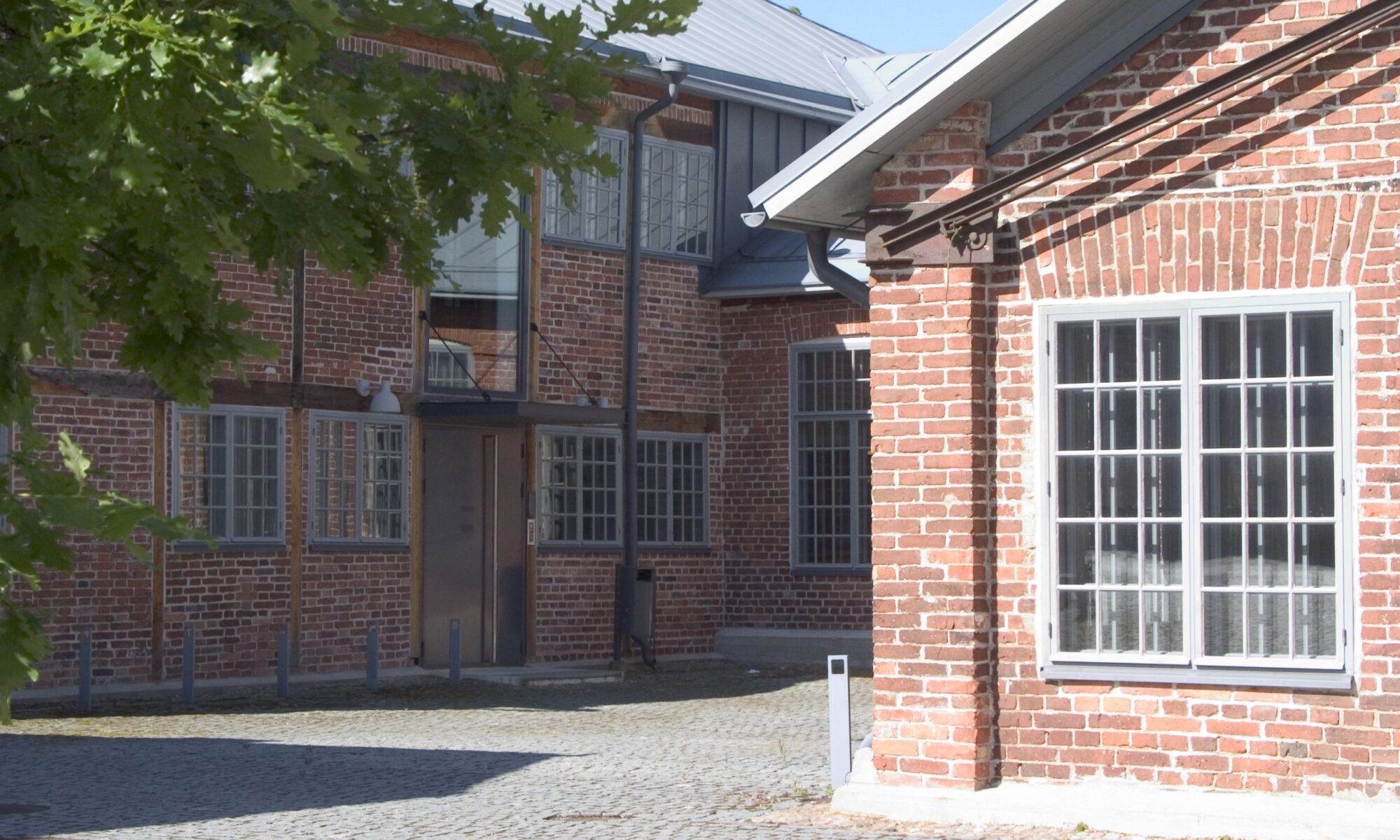Piia Taremaa, University of Tartu
Johanna Kiik, University of Tartu
Leena Karin Toots, University of Tartu
Ann Veismann, University of Tartu
Theories of embodiment suggest that language is grounded in perception and action (Johnson 1987; Barsalou 2008). This means that language evokes bodily simulations of the described event (Matlock 2004; Bergen & Wheeler 2010; Speed & Vigliocco 2014) and our experiences and perception are ultimately reflected in the structure of language (Clark 2006). Importantly though, not all cognitive domains evoke mental simulations (Speed & Majid 2018). Thus, there is an urgent need to examine the possible embodiment traces in diverse contexts of language use. Thus, we set out to focus on one specific, yet underlying dimension of motion which has received relatively little research attention: speed. In particular, we examine speech rate and the structure of motion descriptions in relation to the speed of the event.
We conducted the frog stories production task with Estonian speakers following the basic design of Berman and Slobin (1994). In this task, participants are asked to narrate a story based on the sequence of pictures from the book ‘Frog, where are you?’ (Mayer 1969). In our experiment, participants (N = 45) were divided into three groups each receiving different instructions with regard to narrating. Visual stimuli were constant across the three conditions. Each condition group included 15 participants. Participants in Condition A (control) were given no specific instructions as to how they should narrate the story. Participants in Condition B (slow) had to narrate the story as if the events evolved very slowly. Participants in Condition C (fast) had to narrate the story as if the events evolved very fast. Narrating was audio-recorded and transcribed, and, finally, analysed in terms of speech rate, narration length and the semantic structure of individual clauses in the narrations.
The two main results were as follows. Firstly, narrations in Condition B (slow) were substantially longer and had slower speech rates than those in Condition C (fast). Secondly, the expression of spatial aspects of the scenes was relatively similar across the conditions, but in Condition B (slow), manner was detailed more frequently than in Conditions A and C. These results indicate sensorimotor response to different speeds of motion when describing such events. They also show that in addition to the typological profile of a language, the expression of manner may depend on the characteristics of the described event itself.
References
Barsalou, Lawrence W. (2008): Grounded cognition. Annual Review of Psychology 59. 617-645.
Bergen, Benjamin & Kathryn Wheeler (2010): Grammatical aspect and mental simulation. Brain and Language. Elsevier. 112(3). 150-158.
Berman, Ruth A. & Dan Isaac Slobin (Hrsg.) (1994): Relating events in narrative: A crosslinguistic developmental study. New York / London: Psychology Press.
Clark, Andy (2006): Language, embodiment, and the cognitive niche. Trends in Cognitive Sciences. Elsevier. 10(8). 370-374.
Johnson, Mark (1987): The body in the mind: The bodily basis of meaning, imagination, and reason. Chicago: University of Chicago Press.
Matlock, Teenie (2004): Fictive motion as cognitive simulation. Memory & Cognition 32(8). 1389-1400.
Mayer, Mercer (1969): Frog, where are you? New York: Dial Press.
Speed, Laura J. & Asifa Majid (2018): An exception to mental simulation: No evidence for embodied odor language. Cognitive Science. Wiley Online Library. 42(4). 1146-1178.
Speed, Laura J. & Gabriella Vigliocco (2014): Eye movements reveal the dynamic simulation of speed in language. Cognitive Science 38(2). 367-382.
